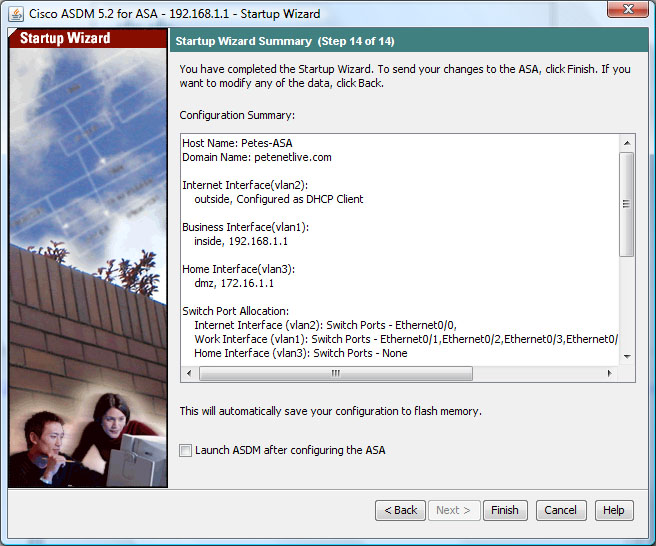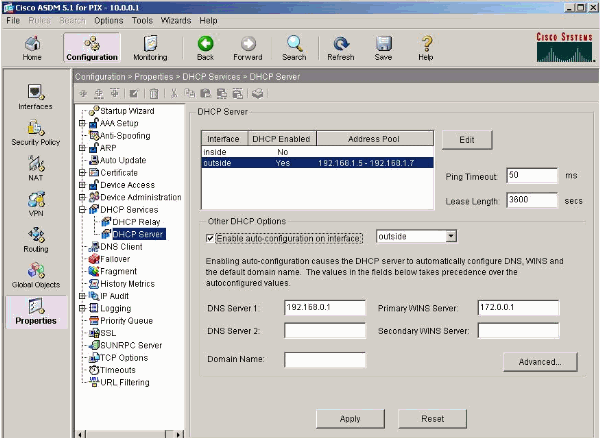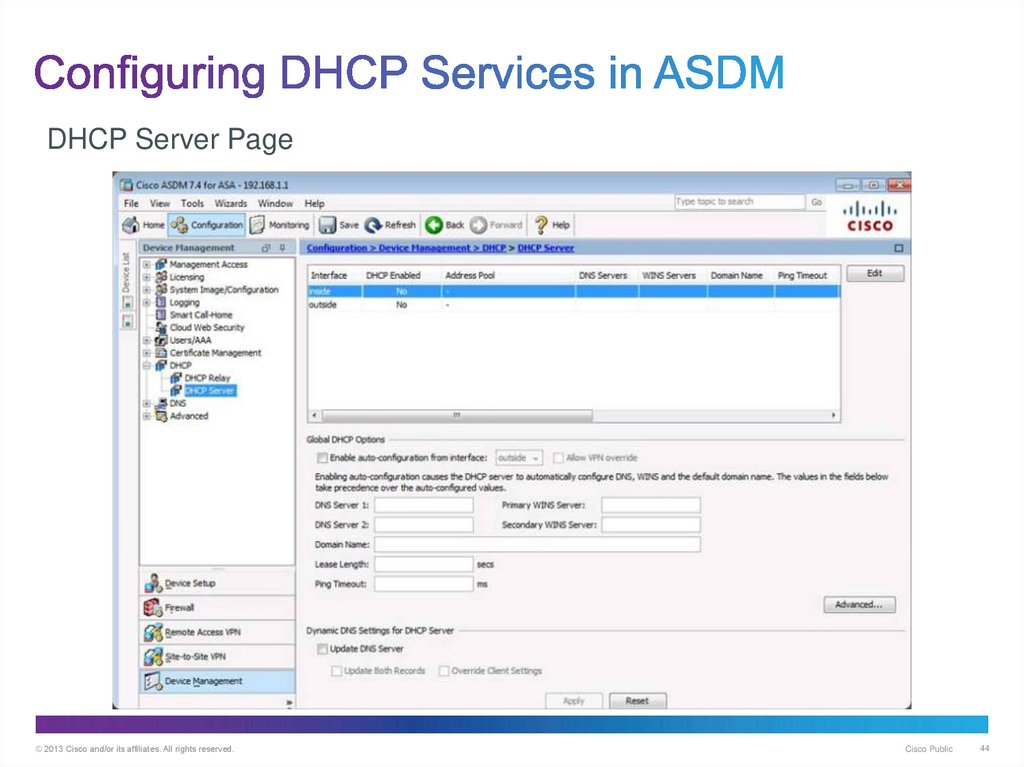

The following line says that when we see the MAC address 21 we are going to statically refer to it with the IP address of 192.168.1.69. Once in the configuration section we can start changing the settings. We must enter the configuration section by specifying that we will change the configuration from the terminal. Our sanity checks are ok so we are ready to proceed with the update. Which it is and we can check that the MAC address is not currently assigned to anything else. Now we can check that the 192.168.1.69 address is in the pool of DHCP addressesĭhcpd address 192.168.1.20-192.168.1.70 insideĭhcpd dns 8.8.8.8 4.2.2.2 interface insideĭhcpd domain interface inside We'll need the MAC address as it is the reference the router talks to whereas the IP address is only an abstraction. The user told us the printer was currently switched on so we can read the router's Address Resolution Protocol table which lists the mappings between IP addresses and Media Access Control address (MAC address or address network card address). Once logged in we need to switch to the administration mode. Type help or '?' for a list of available commands. There's no user name only a password, so enter the user level password: We want to add that to the pool and make sure it is given the same IP address each time. In the following scenario we have been told that the printer is set to use DHCP and its current IP address is 192.168.1.69. Short of connecting to the VPN and using the management console the easiest way is to go in on the command line using telnet. There are various GUIs to help with this kind of administration and that's fine if you are at the customer's site but most of the time I'm not. There is a strong argument that you should know what you are doing before you play with a router/firewall's configuration but if your network man is on holiday then you might have to get your hands dirty yourself.

#Dhcp on asa asdm how to#
The following instructions describe how to do this but they also describe how to get into the administration section of the Cisco ASA/PIX because most of the instructions (on the internet) assume you know how to do this already. Unfortunately there isn't a structured way of doing this with a Cisco ASA/PIX so we need to find a work-a-round. This will ensure that if a printer goes for repair and comes back in a week, when it's switched back on it will have the same IP address that it always had. We want to be able to tell the DHCP server that while it can allocate IP addresses from a certain pool we want to make sure that it can only allocate some of them to specific network devices. Anyone who still wants to use that shared resource now needs to know about its new address. However if the device is a shared resource like a printer or file server then it can be a problem. For laptops and personal devices this doesn't matter. You will find that if you switch off the device for any amount of time it will come back with a different address. If you have a network with a lot of laptops, phones, tablets or printers then devices will come and go quite frequently. In most cases the device will be given the same information again by the DHCP server. When that time has expired the device releases the address and asks for another. If we change the default gateway of the network then no one needs to make any changes to the network settings on their devices.Įach device on the network gets an IP address when they ask for it and keeps it for a fixed amount of time called a lease.

The main benefit of this is that the dynamic IP address allocations can be managed centrally. One of our offices uses a Cisco ASA/PIX and we want to manage all the IP address allocations with DHCP.


 0 kommentar(er)
0 kommentar(er)
